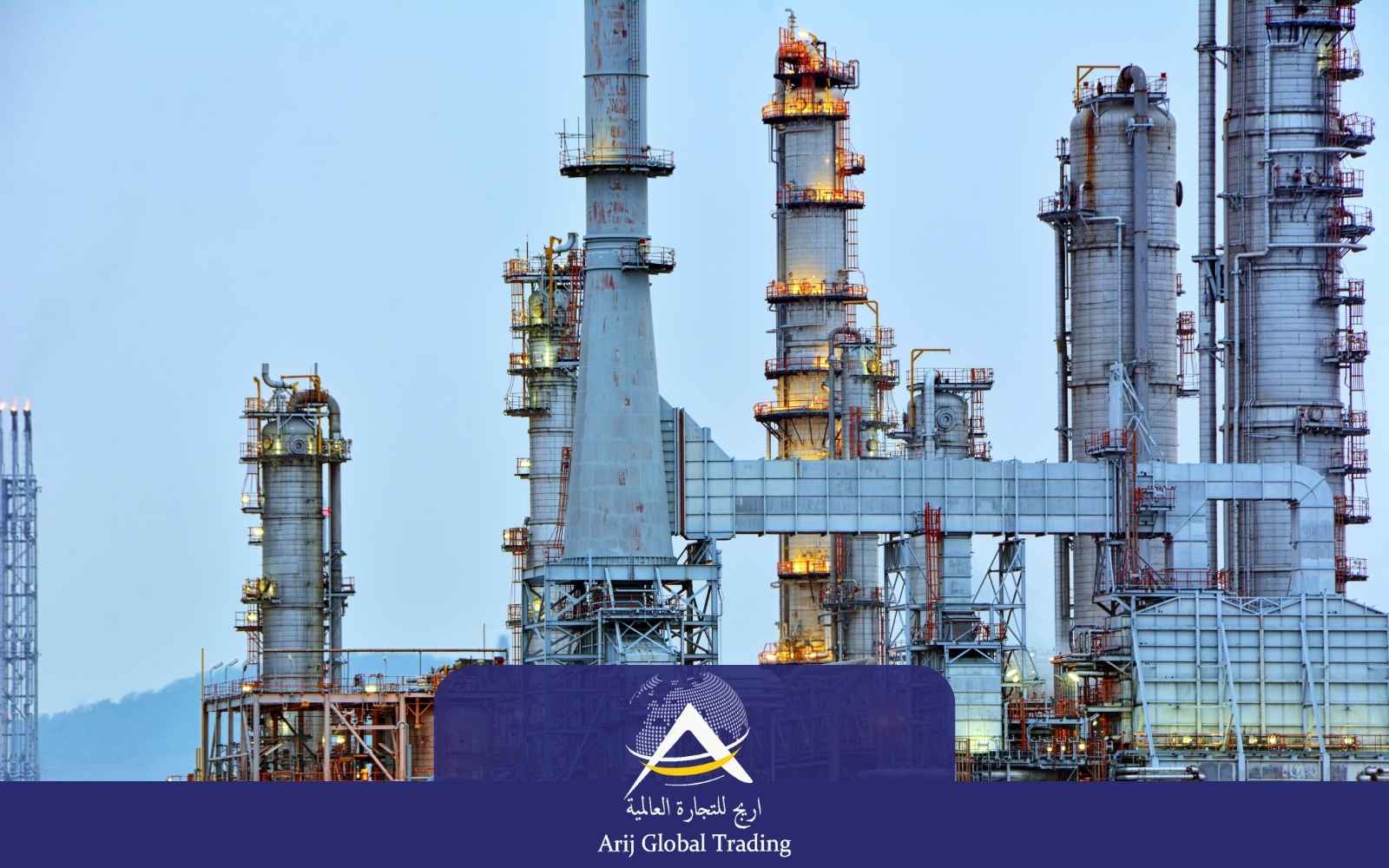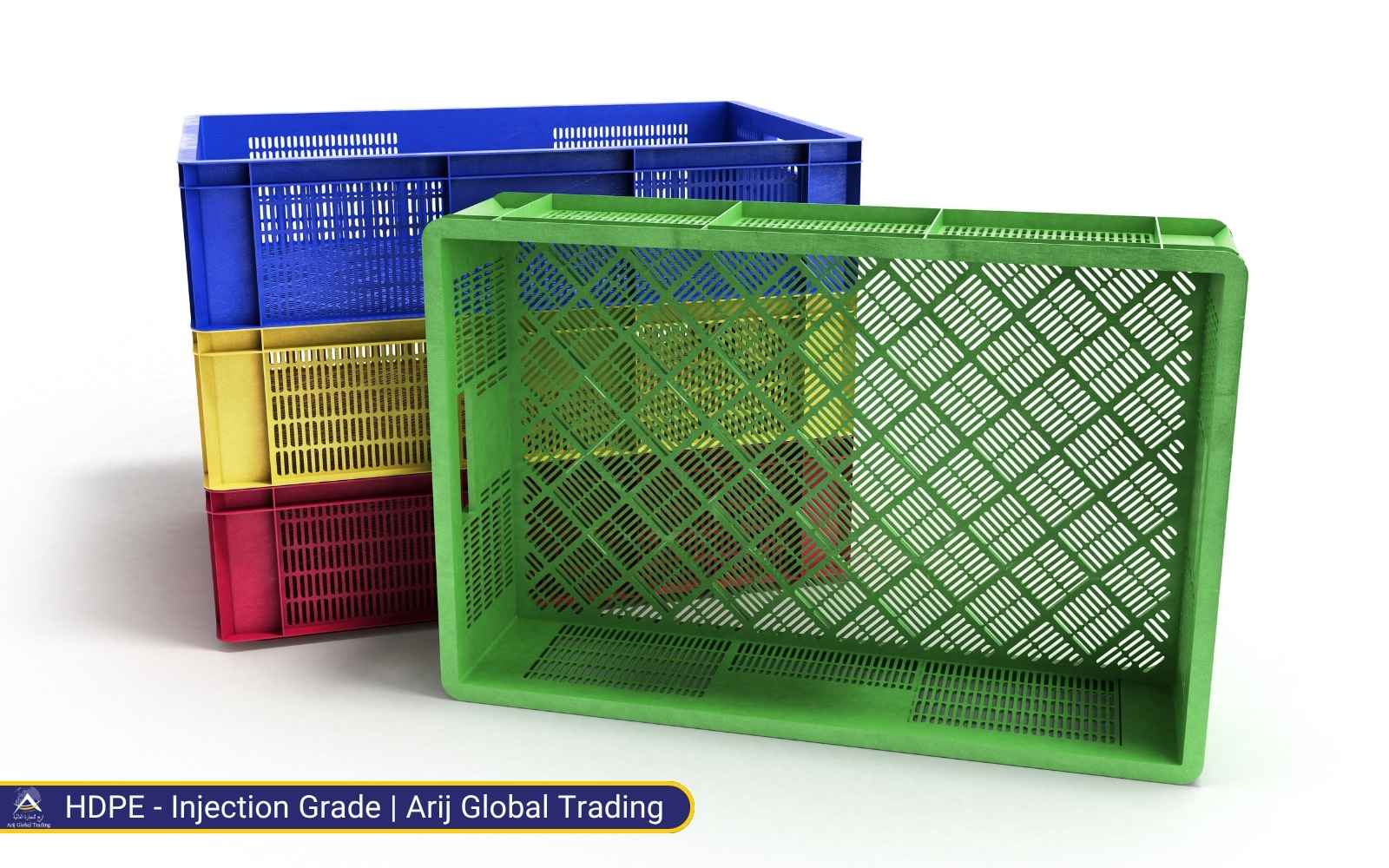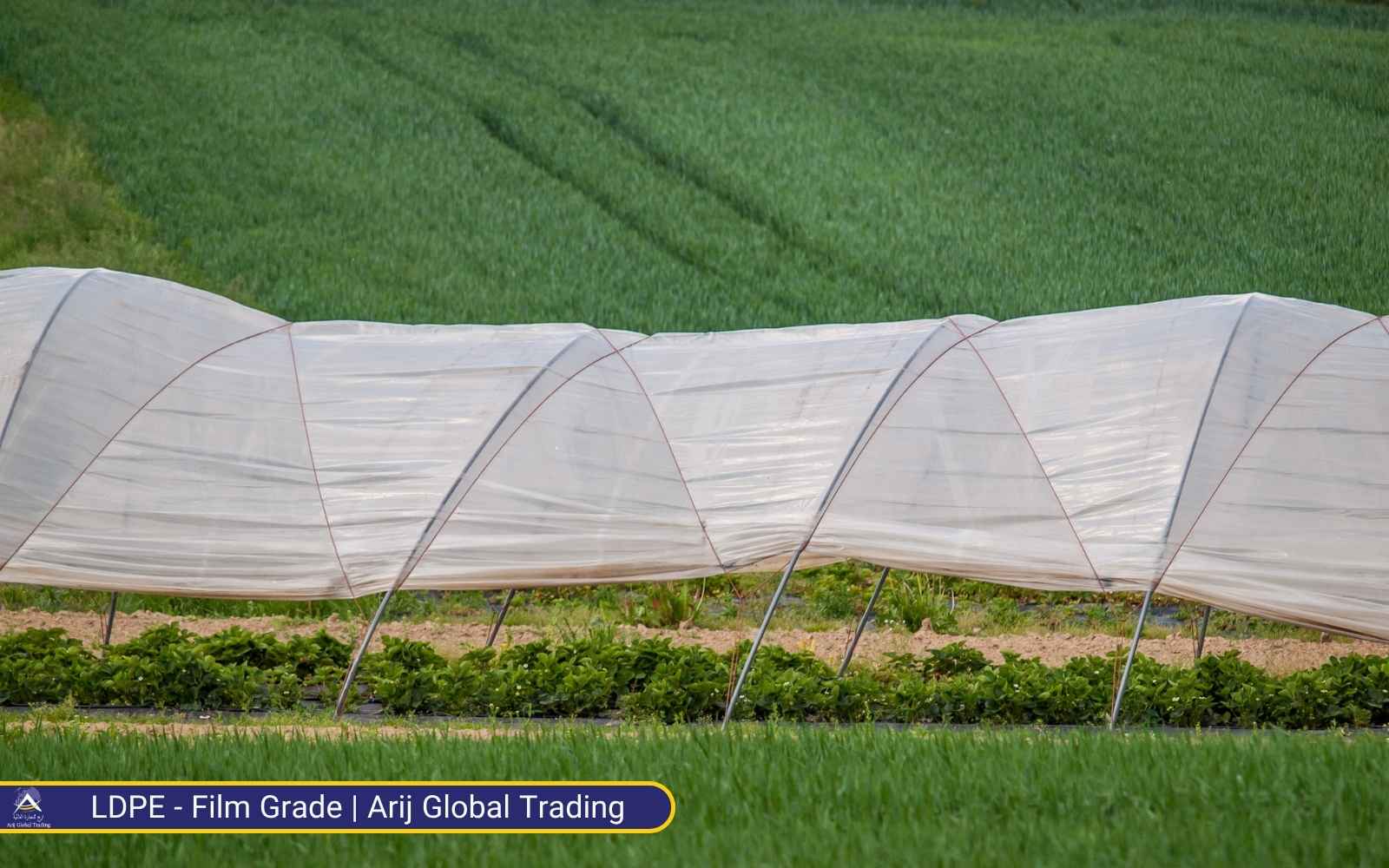
In the ever-evolving world of industrial production, the materials you choose can dramatically affect the success, efficiency, and longevity of your operations. When it comes to designing or upgrading your equipment, selecting the right material isn’t just a technical decision—it’s a strategic one. One material that’s becoming increasingly popular across various industries is polyethylene for manufacturing lines.
But why is this thermoplastic polymer gaining so much traction? More importantly, is it truly the right material for your specific production environment? This article explores what makes polyethylene a strong contender, where it performs best, and what limitations you should be aware of before integrating it into your processes.
Understanding Polyethylene in Manufacturing
Polyethylene is a lightweight, versatile thermoplastic derived from ethylene gas—a byproduct of natural gas and petroleum. Depending on its molecular structure and manufacturing process, it can take on several forms, including low-density polyethylene (LDPE), high-density polyethylene (HDPE), and LLDPE . Each of these types serves a unique purpose within manufacturing applications.
When discussing polyethylene for manufacturing lines, it’s usually HDPE that are most relevant. These variant offer the durability, chemical resistance, and mechanical performance needed for industrial environments.
To ensure consistent performance and availability, working with a reliable polyethylene supplier like Arij global trading is essential, especially when sourcing bulk quantities for long-term operational use.
Why Polyethylene Is Gaining Popularity in Manufacturing Lines
Superior Wear Resistance
When considering polyethylene for manufacturing lines, one of its most valued properties is wear resistance. Components that are in constant motion or subject to friction often wear down quickly, especially if they are made of metal or lower-grade plastics. Polyethylene, especially HDPE , holds up remarkably well in these conditions, offering long-lasting durability that translates into reduced downtime and lower replacement costs.
A real-world example comes from a medium-sized bottling plant that replaced its metal conveyor guides with polyethylene components. After the switch, the company reported a 40% drop in maintenance interventions and a noticeable decrease in line noise, which improved the working environment significantly.
Chemical and Moisture Resistance
Another reason manufacturers are turning to polyethylene for manufacturing lines is its exceptional resistance to moisture and chemicals. In facilities where frequent washdowns are required—such as in food, beverage, or pharmaceutical production—polyethylene components don’t corrode or degrade like metal parts often do. This quality makes HDPE ideal for environments exposed to acids, solvents, or water.
You can further ensure material reliability by partnering with a certified polyethylene exporter who can guarantee consistent quality and compliance with food safety or industrial standards.
Lightweight but Mechanically Tough
In manufacturing lines where motion and automation are involved, the weight of each component matters. Heavy materials strain motors and consume more energy, while lighter ones like polyethylene contribute to efficiency and speed. Despite being lightweight, polyethylene maintains excellent toughness and flexibility, which is a rare combination in industrial materials.
This property makes polyethylene for manufacturing lines a particularly smart choice for robotic arms, sliders, and moveable parts that benefit from both reduced weight and strong impact resistance.

Common Uses of Polyethylene in Industrial Manufacturing
Polyethylene plays a vital role in a wide range of manufacturing applications. Its performance and versatility allow it to be shaped, machined, or extruded into many different components.
One of the most common uses of polyethylene for manufacturing lines is in conveyor systems, where HDPE wear strips, rails, and chain guides reduce friction and extend equipment life. The material also minimizes noise—an often overlooked but important aspect in improving worker safety and comfort.
Additionally, polyethylene is frequently used in hopper linings, chutes, and sliding surfaces to promote smooth material flow and reduce product buildup. Its slick surface makes it especially effective for powder, grain, or pellet transport.
In food processing, HDPE is preferred for work surfaces, trays, and cutting boards because of its resistance to microbial growth and its ability to withstand repeated sanitation. When sourced from a trusted polyethylene supplier, these components can meet regulatory standards while also offering long-term reliability.
Looking to Optimize Your Manufacturing Line?
Choosing the right material is key to reducing downtime and maximizing efficiency. If you’re considering HDPE, LDPE, or LLDPE components, Arijco can help you make the switch with confidence. With a solid reputation for reliability and global reach, Arij Global Trading supplies high-quality polyethylene materials trusted by manufacturers across multiple sectors.
Get in touch today to discuss bulk orders, technical specs, or custom solutions for your line.
Benefits of Polyethylene for Manufacturing Lines
When you choose polyethylene for manufacturing lines, you’re opting for a material that offers several operational advantages:
- Low friction – Products and components slide easily, reducing jamming and improving line speed.
- High wear resistance – Extends the service life of parts subject to constant motion.
- Chemical resistance – Suitable for cleaning-intensive and corrosive environments.
- Lightweight – Lowers system load and improves energy efficiency.
- Cost-effective – Typically less expensive than metals or engineered plastics.
- Easy to fabricate – Can be easily cut, welded, or machined into custom parts.
Many manufacturers report improved performance and cost savings within the first few months of switching to polyethylene components. Suppliers like Arij Global Trading support this transition by offering consistent material quality and expert guidance on application-specific needs. These advantages make it one of the most practical materials for modern production environments.
To evaluate the current polyethylene price and get a clear picture of cost-effectiveness compared to other materials, contact us as a great supplier and trader for a quote based on your specific needs .

Key Considerations Before Choosing Polyethylene
While polyethylene for manufacturing lines offers many benefits, it’s not a universal solution. Understanding its limitations will help you use it where it performs best while avoiding unsuitable applications.
Heat Limitations
One drawback is polyethylene’s relatively low melting point. Most HDPE grades begin to soften around 80°C to 90°C. If your line involves high temperatures—such as in baking, curing, or sterilization stages—you may need to opt for more heat-resistant materials.
Structural Requirements
Polyethylene is flexible and impact-resistant but lacks the rigidity of metals or advanced engineering plastics. In load-bearing or structural applications, you may need reinforcement or an alternative material with higher stiffness. Still, for non-structural, high-wear surfaces, polyethylene is often ideal.
Environmental Concerns
Being petroleum-based, polyethylene raises sustainability questions. Fortunately, many suppliers now offer recycled polyethylene, and some manufacturers use closed-loop systems to reclaim and reuse plastic waste. If environmental impact is a key concern, consider choosing a sustainable polyethylene exporter that offers recycled or eco-certified materials.
Final Thoughts: Is Polyethylene the Right Choice for You?
So, is polyethylene for manufacturing lines the right material for your business? The answer depends on your application, environment, and priorities. If your production involves high levels of friction, exposure to moisture or chemicals, or demands lightweight components that are easy to fabricate, polyethylene could be a highly effective solution.
Its cost-efficiency, durability, and adaptability make it especially attractive for manufacturers looking to reduce maintenance downtime and extend the service life of their machinery. When working with a reliable polyethylene supplier, you can access a range of polyethylene types to match your exact technical and operational needs.
Manufacturers who have made the switch often report significant improvements in uptime and energy savings. In fact, one mid-sized packaging company we consulted saw a 35% increase in conveyor efficiency within three months of switching to polyethylene guide rails.
Ultimately, integrating polyethylene for manufacturing lines is not just a materials decision—it’s a strategic investment in productivity, safety, and sustainability.